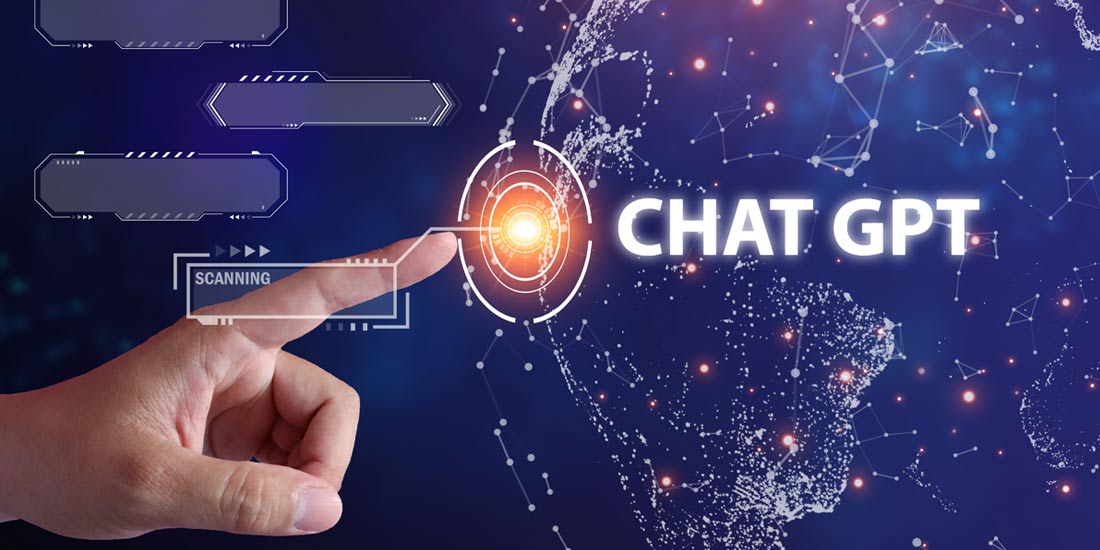ChatGPT is the final nail in the coffin for voice assistants as we know them. The likes of Siri and Alexa have struggled for years to translate smart home dominance into profitability, with the latter losing $10 billion and cutting 10,000 workers in 2022.
Now, generative AI is taking over the sector. The tech can understand natural language, learn from vast amounts of data and generate human-like responses, making it more efficient and user-friendly for voice assistants and devices in the Internet of Things (IoT).
Microsoft’s CEO recently called current voice assistants “dumb as a rock”. Tomorrow’s iteration will be anything but. Let’s explore why – before the official arrival of advanced AI voice assistants – it’s vital to secure them.
A short history of voice assistants
There’s no denying voice assistants dominated the smart home of the 2010s. In fact, about 20 percent of US homes have Amazon’s Alexa. Moreover, 140,000 products are compatible with Alexa and its operating system controls more than 300 million smart devices, such as lightbulbs or cameras.
However, the start of this decade marks a transitory time for the sector. First, manufacturers are losing money. Monetizing voice commands is simply not profitable. Alexa is Amazon’s biggest money loser and this problem echoes throughout the industry. In turn, companies are cutting resources to their respective divisions.
Another challenge is the limited functionality of voice assistants. While they excel at simple tasks like setting timers or playing music, they often struggle with more complex requests. In addition, these devices cannot read user habits and make decisions autonomously, resulting in a more reactive than predictive experience. As a result, some see voice assistants as little more than glorified clock radios.
The current iteration of voice assistants is not meeting consumer expectations. However, the emergence of generative AI could shift this narrative.
The arrival of AI
Generative AI promises breadth, flexibility and complexity to these devices like never before. Further, with greater investment and innovation, expect even more in-depth smart capabilities. Experts predict a voice assistant renaissance.
For example, Natural Language Processing (NLP) allows these assistants to understand and interpret spoken language, enabling them to execute various task-based requests like turning on lights or setting reminders. But, of course, users want their voice assistants to be capable of more in-depth communication and problem-solving. This is where GPT-style technology comes into play. This combines advanced machine learning algorithms to generate human-like responses to open-ended questions or requests. By combining NLP with GPT-style responses, voice assistants can provide a more comprehensive and personalized user experience.
Taken a step further, AI assistants will better leverage the data they collect. Over time, they will be able to understand your routine and act accordingly, whether it’s automatically starting your coffee pot or watering the lawn. Note that this could function without the voice command. The device instead becomes an autonomous assistant that understands your needs before they are spoken. This is the sci-fi dream to which voice assistants originally aspired.
However, there’s a catch. While this will lead to more individualized and intuitive interactions, these devices will know us intimately. Data security and privacy protection are therefore of the utmost importance.
The future of the smart home – and why it must be secure
Users and companies must not be blind to the dangers of more intelligent voice assistants. If compromised, these devices armed with machine learning and artificial intelligence can open a digital window into our homes.
And history shows us that voice assistants are fallible. Last year, academic researchers discovered a security flaw that allows hackers to take control of Amazon Echo smart speakers and perform unauthorized actions, such as unlocking doors, making phone calls and controlling smart appliances. The exploit uses the device’s speaker to issue itself voice commands. If a spoken command begins with the wake word (typically “Alexa” or “Echo”), followed by a valid instruction, the Echo device will execute the command. The flaw was later patched up but it proves that hackers can and do find weaknesses.
Before voice assistants and smart homes become truly intelligent, especially with access to treasure troves of data, they must be secure.
The good news is consumers can take matters into their own hands. First, encrypt your home network. A good solution is to integrate a peer-to-peer communication platform to ensure commands only travel between client and device. Similarly, store your home network at the edge rather than in the cloud. This ensures your data will stay under your lock and key rather than a third party. Finally, review the data and security permissions of the voice assistant. Allow it to access some but not all of your network, thereby quarantining any potential hack.
Consumers deserve the confidence that devices aren’t selling their information to data brokers or bad actors. Then, and only then, can the voice assistant renaissance truly flourish.
About the Author
Carsten Rhod Gregersen is an IoT expert with more than two decades of experience in software and innovation. Carsten is the CEO and founder of Nabto, a peer-to-peer communication solution for connected devices.
Sign up for the free insideBIGDATA newsletter.
Join us on Twitter: https://twitter.com/InsideBigData1
Join us on LinkedIn: https://www.linkedin.com/company/insidebigdata/
Join us on Facebook: https://www.facebook.com/insideBIGDATANOW



